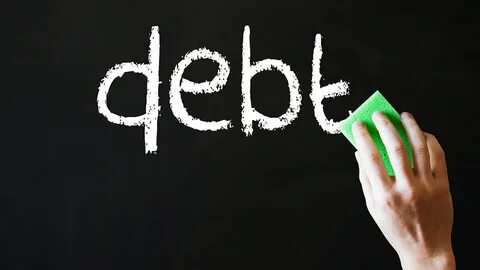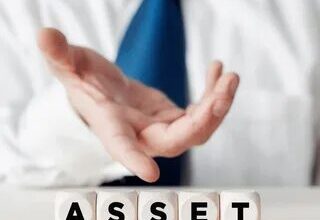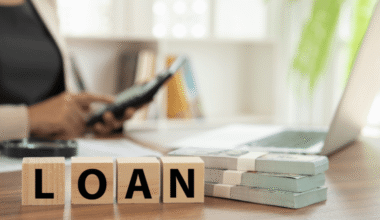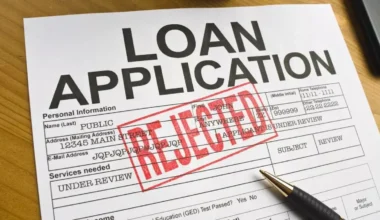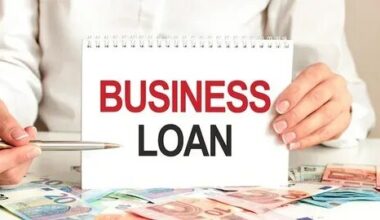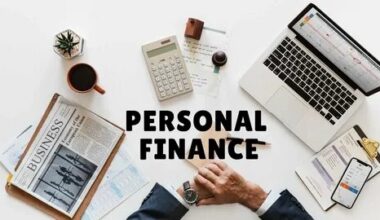Introduction
Managing debt is one of the biggest challenges many people face in 2025, with rising living costs, inflation, and the ever-increasing interest rates on loans. Whether it’s credit card debt, student loans, or personal loans, being in debt can feel overwhelming and stressful. However, paying off your debt faster is possible, and with the right strategies, you can take control of your financial future.
In this blog post, we will discuss proven strategies to help you pay off debt fast in 2025, from understanding different types of debt to leveraging proven techniques like the debt snowball method. By following the right steps, you can not only pay off your debt but also build a solid financial foundation for the future.
Understanding Debt: What Are You Really Facing?
Before we dive into strategies, let’s first explore the different types of debt you might be dealing with.
Types of Debt (Credit Card, Student Loan, Mortgage, etc.)
Understanding the types of debt is crucial for creating a plan. The most common types of debt include:- Credit Card Debt: This is high-interest debt and often the hardest to pay off. Credit cards can have APRs ranging from 15% to 25%, depending on your credit score.
- Student Loans: These are often low-interest but can be a significant burden depending on how much you owe.
- Mortgage: A mortgage is typically a large debt, but it usually has a lower interest rate and longer repayment terms.
- Personal Loans: These loans can be unsecured and might come with high interest rates, depending on the lender.
The Impact of High-Interest Debt
One of the primary reasons debt becomes overwhelming is the high-interest rates, especially on credit cards. Interest compounds daily, and before you know it, your balance has ballooned. It’s important to prioritize paying off high-interest debts first because they accumulate the most interest.Why Paying Off Debt Should Be a Priority
Paying off debt should be a top financial priority for a few reasons:- Financial Freedom: Once your debt is paid off, you’ll have more freedom to invest in your future.
- Avoiding Stress: Debt creates stress, and eliminating it can greatly improve your mental health and well-being.
- Building Wealth: Without monthly debt payments, you can begin saving and investing for the future.
The Debt Snowball Method
The debt snowball method is a popular technique for paying off debt. The idea is simple: focus on paying off your smallest debt first while making minimum payments on others. Once the smallest debt is paid off, you move to the next smallest, and so on. Why it works: The snowball effect creates momentum. As you pay off each debt, you’ll feel more motivated to keep going.The Debt Avalanche Method
The debt avalanche method focuses on paying off the debt with the highest interest rate first, then moving on to the next highest, and so on. This method can save you the most money in interest over time. Why it works: Paying off high-interest debt first minimizes the amount of interest you pay, leading to faster debt repayment.The Debt Consolidation Approach
If you have multiple high-interest debts, consolidating them into one loan with a lower interest rate might be an excellent strategy. This can simplify your payments and reduce your monthly debt burden. How it works: You take out a single loan to pay off multiple smaller loans or credit cards. The goal is to lower the interest rate and streamline payments.Refinancing Your Loans
Refinancing is another strategy for lowering your interest rates. If you have a loan with a high interest rate, you might be able to refinance it to a lower rate, which can save you money and help you pay off the debt faster.Utilizing the 50/30/20 Rule
The 50/30/20 rule is a budgeting method that can help you allocate your income effectively. It suggests:- 50% of your income goes to necessities (rent, utilities, etc.)
- 30% goes to discretionary spending (entertainment, dining, etc.)
- 20% goes to savings and debt repayment
